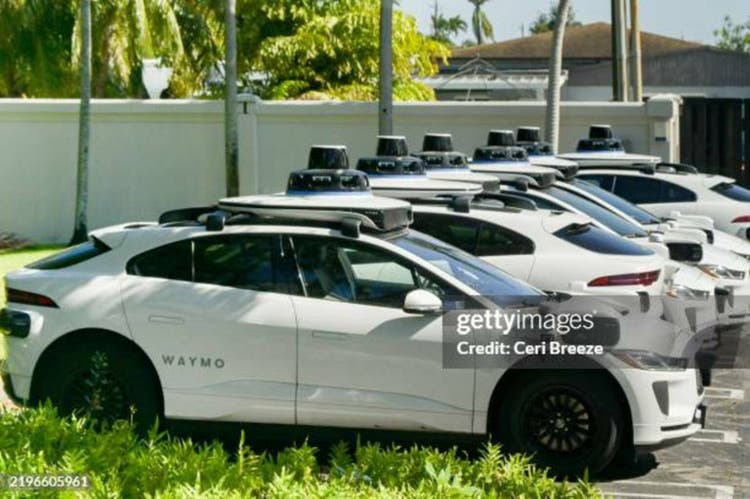India’s trade deficit narrowed to Rs. 1.82 lakh crore in May, down from Rs. 2.20 lakh crore in April, as non-petroleum exports showed strong growth and imports declined slightly, according to data released by the Ministry of Commerce and Industry on Monday.
Merchandise exports in May stood at Rs. 3.23 lakh crore, marginally lower than the Rs. 3.30 lakh crore recorded in May last year. Imports dipped to Rs. 5.05 lakh crore, compared to Rs. 5.13 lakh crore in the same period a year ago.
Also read: Crude oil futures rise as Brent hits $74.65 amid Israel-Iran tensions
However, services exports rose sharply to Rs. 2.71 lakh crore, up from Rs. 2.48 lakh crore last year, bringing the total value of exports (goods and services) in May to Rs. 5.94 lakh crore, compared to Rs. 5.75 lakh crore in May 2024.
Commerce Secretary Sunil Barthwal said India’s export performance has remained resilient despite global volatility. “We are doing much better than the rest of the world,” he said, highlighting that non-petroleum sectors such as electronics, pharmaceuticals, and marine products have performed well. Electronic goods exports surged 54 per cent, while pharmaceutical exports grew by 7.4 per cent.
Non-petroleum exports during the April–May period rose to Rs. 5.35 lakh crore, up from Rs. 4.98 lakh crore a year earlier. On the other hand, non-petroleum imports also increased, touching Rs. 7.50 lakh crore, compared to Rs. 6.64 lakh crore during the same period last year.
Top export destinations in May included the United States, United Arab Emirates, Netherlands, China, and Singapore, while major import sources remained China, UAE, Russia, the US, and Iraq.
India’s trade outlook, however, faces challenges from rising geopolitical tensions in West Asia. The recent escalation following Israel’s strike on Iran on June 13 has led to concerns over the safety of cargo passing through the Strait of Hormuz, a critical route for India’s crude oil and LNG imports. Exporters have reported a rise of up to 50 per cent in freight charges, shipping delays, and limited insurance coverage.
Amid these disruptions, India is also managing trade uncertainty arising from global tariff measures. Talks with the European Union and the United States are underway to resolve trade disputes, improve market access, and attract investment, particularly in sectors like electronics, clean energy, and pharmaceuticals.
Economists had projected a trade deficit of around Rs. 2.08 lakh crore for May, but the actual numbers came in significantly lower, indicating relative strength in India’s external trade position.

 6 hours ago
1
6 hours ago
1









 English (US) ·
English (US) ·